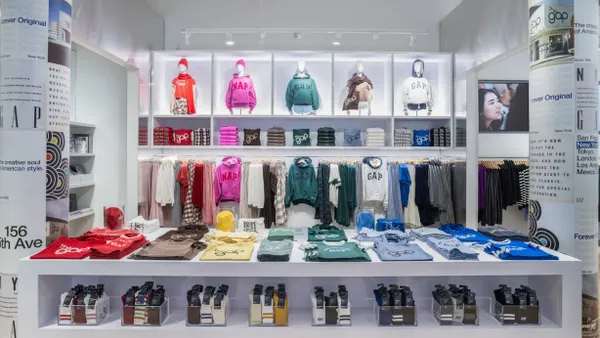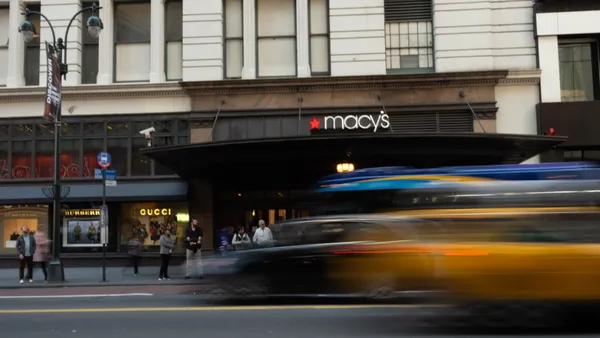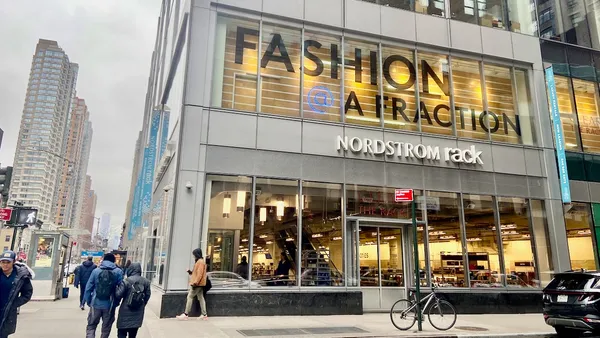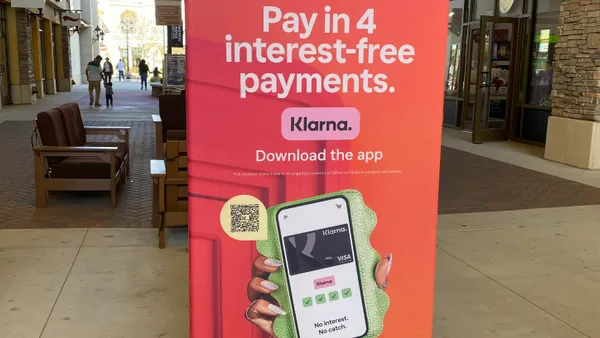Dive Brief:
-
Holiday sales between November and January are estimated to grow 5% to 5.6% from last year to more than $1.1 trillion, up from the $1.05 trillion last year, when sales grew 4.7% (seasonally adjusted and excluding motor vehicles and gasoline as reported by the U.S. Department of Commerce), according to Deloitte's annual holiday retail sales forecast.
-
E-commerce holiday sales will grow even more — some 17% to 22% — to as much as $128 billion to $134 billion, according to the report, which was emailed to Retail Dive.
-
The strength of the forecast is backed up by a high level of consumer confidence, thanks to high employment and a healthy personal savings rate of 7%, according to the report. But sales could be undermined by impending interest rate hikes and a slowdown on Wall Street, which could hit both consumer confidence and actual wealth, Deloitte also said.
Dive Insight:
Retailers are poised to have one of their best seasons in years. But, while consumers are ready to open their wallets in coming months, they're still keen on discounts.
Some 37% of credit card holders say they'll be spending more at the holidays this year, while 21% said they'll spend less, according to a survey from Lending Tree's CompareCards service. Coresight Research, in its own prediction of a 4% rise in holiday sales, cited a July Prosper Insights & Analytics survey that indicates a mixed season, in light of the fact that while more people (by 250 basis points) say they'll spend more at the holidays this year, more people (by 70 basis points) also said they plan to spend less.
"The leading retailers this holiday season could be the ones who are able to strike the right balance between innovation, experience and value that best engages the consumer and stands out in a busy season,” Rod Sides, vice chairman of Deloitte and sector leader for its U.S. retail and distribution, said in a statement.
Aside from good prices, holiday shoppers will be drawn to retailers with engaging stores, easy transactions and cheap, if not free, shipping. "That can include things like showrooms, interactive displays that replace sorting through racks with simple, easy selections or web-based visualization that lets people get a feel for style, fit and appearance from apparel to home decor," Sides said. "Voice-enabled shopping and shortened delivery times may also accelerate the competition around fast and easy purchasing options."













